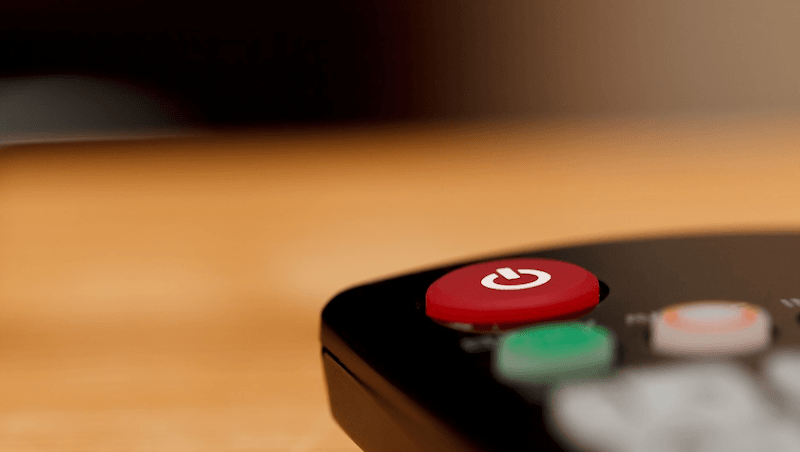The Telecom Regulatory Authority of India (Trai) and its agenda in the DTH industry has been consumer transparency and fair pricing. All the steps that Trai has taken in the last few years have been to accomplish this only. Of course, the last major step in this was the introduction of the Trai tariff regime, or the National Tariff Order (NTO). But, now we are getting to see a second major rollout from Trai, which is NTO 2.0. A second take on the tariff order which changes some of the previous rules. Now one of the major reasons why Trai had to rollout this second tariff order and changes is because it wanted to target the misuse of the pricing freedom that it had given to the broadcasters. Also, the regulator felt that somewhere the essence of the Trai tariff regime was being lost because of more channel pack selections by the subscribers and less focus on a-la-carte. To bring this back, Trai has introduced a new set of measures in the industry which are to go live on March 1 and will supposedly bring a fair playing field for the DTH companies and offer a better choice to the subscribers as well.

The Fall of Pricing Cap to Rs 12 Per Month
One of the significant ways in which Trai is going to try to weed out the excessive discounting on the channel packs is by reducing the pricing cap for the inclusion in channel bouquets. This basically means that the channels which can be packaged into a bouquet should not be priced more than Rs 12 per month. Whereas, before the new rules, the limit for the channel pricing for them to be packaged under a bouquet was Rs 19 per month. This means that the broadcasters will have to bring down the prices of a lot of channels if they want to keep them in channel bouquets.
Decreased Revenue for Broadcasters
Now for the consumers, this might look like a great move, but there are two sides to this coin. Firstly, consumers should consider the fact that broadcasters in the industry are reluctant to make a move. The reason why this is that the broadcasters will get to see fewer eyeballs on their channels if they do not lower the price and start selling the channel as an individual one and not as part of any channel pack. This would mean lower revenue for the broadcaster and decreased eyeballs would mean a slump in the ad revenue of the channel as well.
But, in case the broadcasters decide to keep the channel in the bouquet and reduce the price, then the subscribers will be happy as they would be paying lower for the same channel. But, at the same time, there are some rules regarding the packaging of channel packs and a limit on how much discount they can have.
Effect on Consumers
This is where the new rules by Trai get complicated. Although they want to establish a fair playing field and lower prices for the subscribers, they also want to promote individual channel selection more than the channel packs. Although the subscribers might get channels at a lower cost now, it comes at the expense of consumer awareness. With such frequent changes in the DTH industry, it is hard for the consumers to keep with the new rules which are changing month after month and are only increasing in complexity.















